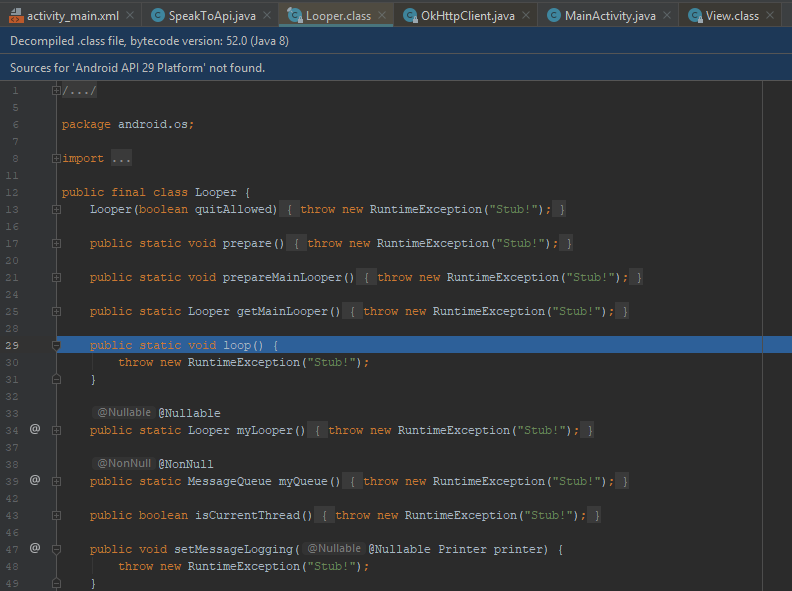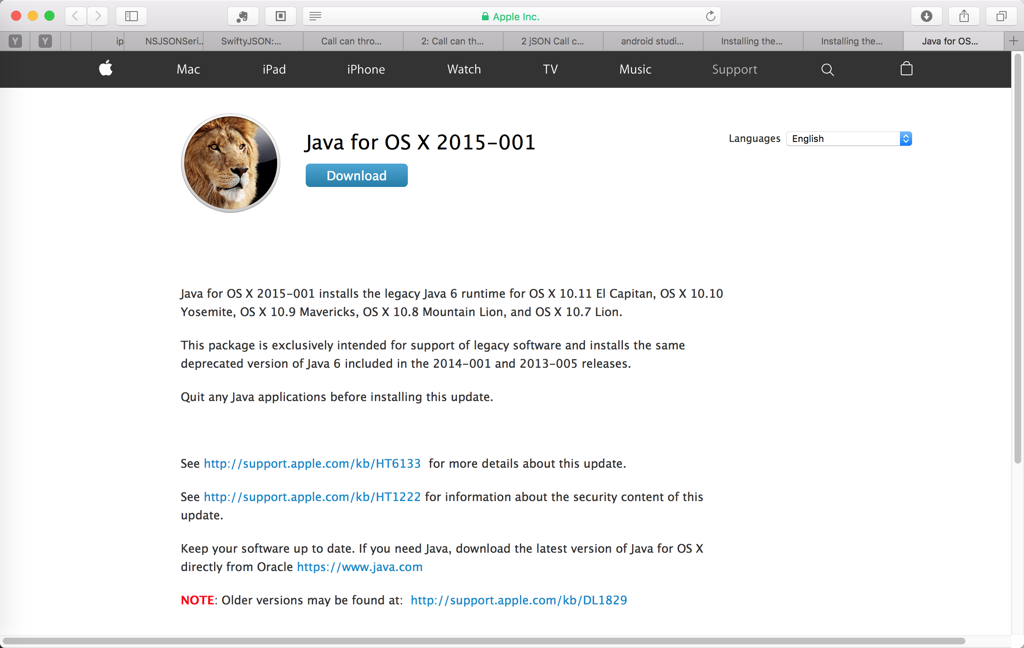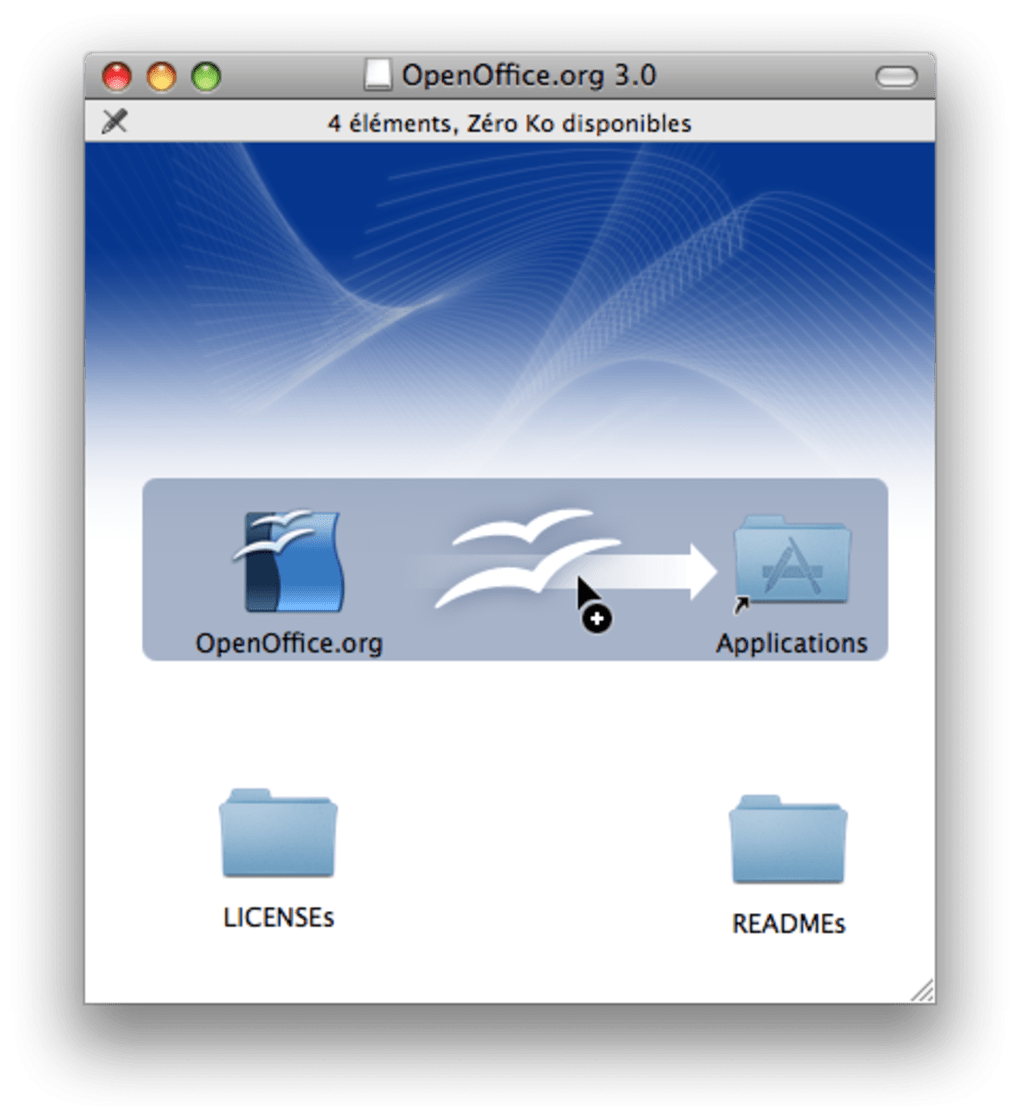

If you find that you already have Java 1.6 installed, scroll down below “How to update Java 6 in El Capitan” as you also need to install a special update from Apple. If Java is on your Mac, you’ll see a message saying something like “Java (TM) Runtime Environment” in this case version 1.6 (or Java 6 as it is commonly known). If you’re not sure whether Java is installed on your Mac, simply search for Terminal in Spotlight and type: java -version at the command prompt.
#Java for mac os x 10.11 download
If you’ve never installed Java on Mac, then you can simply download and install the latest version of Java from Oracle which is known as Java 8 but rather confusingly officially called Java 1.8 by Oracle.

It’s because an application you have installed or a website you’re trying to access requires Java to launch or work properly. Don’t forget to enable SIP again after creating these directories.To use the “java” command line tool you need to install a Java SDK Sudo mkdir -p /System/Library/Java/Support/Deploy.bundle Step 2. Trick some applications into thinking that legacy Java 6 is installed by creating two folders with the following commands in Terminal: sudo mkdir -p /System/Library/Java/JavaVirtualMachines/1.6.0.jdk Here is tutorial to disable and enable SIP. Disable SIP (System Integrity Protection) in OS X El Capitan. You can have it installed without actually using it, however, it’s possible to trick the applications into thinking legacy Java 6 is installed, without actually doing so. If it does not work, some applications require legacy Java 6 to be installed. You should be done now, so try and open the application. /lib/server/libjvm.dylib libserver.dylib Create a link to add backwards compatibility for some applications made for older Java versions: mkdir -p Contents/Home/bundle/Libraries Move the JRE folder to the correct location: sudo mv `pwd` /Library/Java/JavaVirtualMachines/īe sure you are in the correct directory (the JRE folder) when you issue this command, because it will move your current directory to /Library/Java/JavaVirtualMachines/! Edit the ist file within to enable the JRE to be used from the the command line, and from bundled applications: defaults write `pwd`/Contents/ist JavaVM -dict-add 'JVMCapabilities' 'JNIBundledAppCommandLine' Tar -xzf `ls -1r jre-*-macosx-圆4.tar.gz | head -1` Go to your Downloads folder and extract the JRE download or use Terminal to extract files: cd Downloads

You should end up with a file named something similar to jre-8u65-macosx-圆4.tar.gz. Step 1. Open Safari and go to the Oracle Java downloads page and download the JRE. Here’s how you can install JRE (Java Runtime Environment). Java is, and always has been, the source of many security holes. If you do not need Java, you should not install Java. You may come across when trying to use some particular applications or web content, “This application requires the legacy Java SE 6 runtime which is unavailable for this version of OS X.” error message, which means if you want to run that app you’re going to need to use an older version of Java. Java is no longer installed with a OS X 10.11 El Capitan clean install, and you’ll find that after updating a Mac a prior version of JRE may no longer function.


 0 kommentar(er)
0 kommentar(er)
